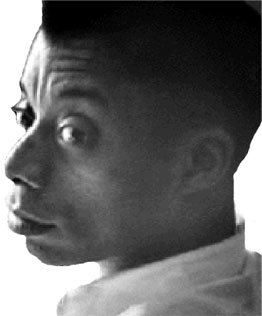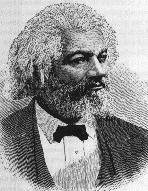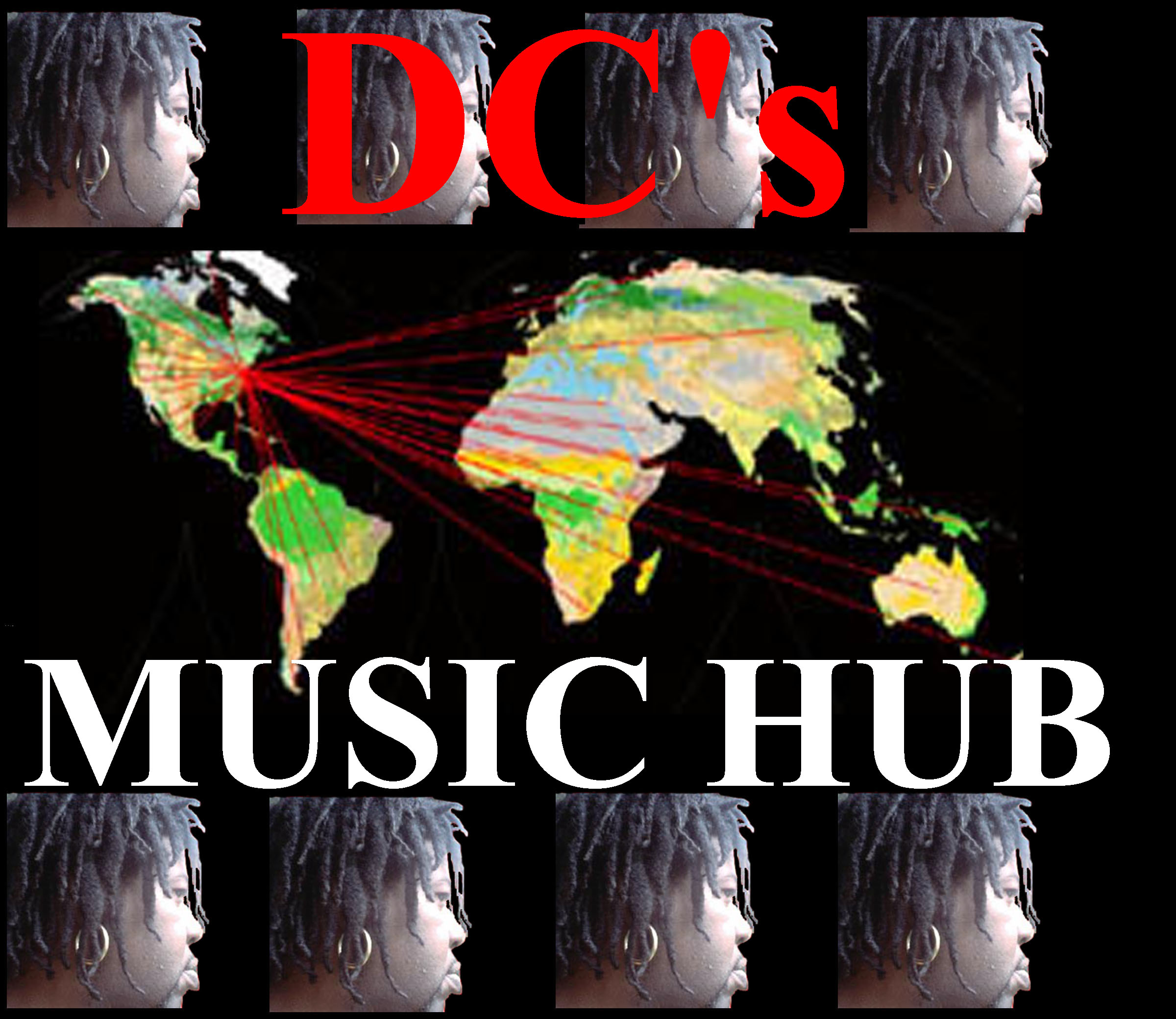aa
|
Marcus Garvey
The Man and the Movement
While Garvey's name has achieved legendary proportions, and his
movement has had an ongoing international impact, Garvey as a mortal being was a
man who embodied the contradictions of his age. He was seen by his own
contemporaries in a plethora of ways, both positive and negative. "A little
sawed-off and hammered down Black Man, with determination written all over his
face, and an engaging smile that caught you and compelled you to listen to his
story" was how the veteran black journalist John E. Bruce ("Bruce Grit")
recalled his initial encounter with the young Jamaican in the spring of 1916.
Encouraged by Booker T. Washington, Garvey had come to America hoping to gather
support for a proposed school, to be built in Jamaica, patterned on the model of
the famed Tuskegee Institute. By the time Garvey could get to the United States,
however, Washington was dead. Garvey started with a nucleus of thirteen in a
dingy Harlem lodge room. Within a few short years, he was catapulted to the
front rank of black leadership, at the head of a social movement unprecedented
in black history for its sheer size and scope. Writing in 1927, six months
before Garvey was to be deported from America, Kelly Miller, the
African-American educator and author, reflected upon the phenomenon:
Marcus Garvey came to the U.S. less than ten years ago,
unheralded, unfriended, without acquaintance, relationship, or means of
livelihood. This Jamaican immigrant was thirty years old, partially educated,
and 100 per cent black. He possessed neither comeliness of appearance nor
attractive physical personality. Judged by external appraisement, there was
nothing to distinguish him from thousands of West Indian black people who flock
to our seaport cities. And yet this ungainly youth by sheer indomitability of
will projected a propaganda and commanded a following, within the brief space of
a decade, which made the whole nation mark him and write his speeches in their
books.
In the world of the twenties, personalities quickly became
notable and were fastened upon by admirers, detractors, and the merely curious.
But even by the standards of the day, Garvey's rise from obscurity was
spectacular. Speaking to an audience at Colon, Panama, in 1921, Garvey himself
noted that "two years ago in New York nobody paid any attention to us. When I
used to speak, even the policeman on the beat never noticed me."
Garvey voiced the marvelous nature of his own rise when he asked
an audience in 1921 "how comes this New Negro? How comes this stunned
awakening?" The ground had been prepared for him by such outspoken voices as
those of Hubert H. Harrison, A. Philip Randolph, Chandler Owen, and
W. A. Domingo. These and other stepladder orators---who began speaking along
Lenox Avenue with the arrival of warm weather in 1916 and whose number rapidly
grew with each succeeding summer---were the persons who, along with Garvey,
converted the black community of Harlem into a parliament of the people during
the years of the Great War and after. The World War I era was the time of the
rise of "the ebony sages," as William H. Ferris termed the New Negro
intelligentsia, who laid the foundation in those years for what would eventually
come to be known as the Harlem Renaissance. Garveyism was fed in an environment
where "in barber shops and basements, tea shops and railroad flats," Ferris
revealed, "art and education, literature and the race question were discussed
with an abandon that was truly Bohemian." By the middle of the decade, Ferris
would go so far as to claim that "The New Negro is Garvey's own Child, whose
mother is the UNIA."
When the UNIA was organized in Harlem in February 1918, its
Jamaican leader merged not only with representatives of the New Negro, but with
another minority: from the perspective of America's polyglot of ethnic groups,
Garvey was simply one more immigrant voice. The Garvey phenomenon began amidst
the multiple migrations of America, and it was not unusual to find Garvey
issuing pronouncements of confraternity with the causes of various immigrant
groups.
"Just at that time," recalled Garvey, speaking in Liberty Hall
in early 1920 about his start as a street orator in Harlem, "other races were
engaged in seeing their cause through---the Jews through their Zionist movement
and the Irish through their Irish movement---and I decided that, cost what it
might, I would make this a favorable time to see the Negro's interest through."
A notable feature of Garveyism as a political phenomenon was the
staunch manner in which it accentuated the identity of interests among black
people all over the world. For Hodge Kirnon, this quality of internationalism
essentially defined the New Negro mood. He observed:
The Old Negro press was nationalistic to the extreme, even at
times manifesting antipathy and scorn for foreign born Negroes. One widely
circulated paper went as far as to cast sarcasm and slur upon the dress,
dialect, etc., of the West Indian Negro, and even advised their migration and
deportation back to their native lands-a people who are in every way law
abiding, thrifty and industrious. The new publications have eliminated all of
this narrow national sentimental stupidity. They have advanced above this. They
have recognized the oneness of interests and the kindredship between all Negro
peoples the world over.
A special feature by Michael Gold in the 22 August 1920 Sunday
supplement of the New York World reported upon Garvey's meteoric ascent, and
registered as well his immigrant status and the international nature of his
message. The headlines accompanying the story made the following announcement:
The Moses of the Negro Race Has Come to New York and Heads a
Universal Organization Already Numbering 2,000,000 Which is About to Elect a
High Potentate and Dreams of Reviving the Glories of Ancient Ethiopia
Gold captured a defining characteristic of the Garvey
phenomenon, namely, its rapid spread throughout the world, including sub-Saharan
and southern Africa. Writing from Johannesburg, South Africa, a number of years
later, Enock Mazilinko echoed the messianic vision of Garvey held by many in
America when he wrote that "after all is said and done, Africans have the same
confidence in Marcus Garvey which the Israelites had in Moses."
"Marcus Garvey is now admitted as a great African leader"
concurred James Stehazu, a Cape Town Garveyite; indeed, Garvey was the
embodiment for tens of thousands of black South Africans in the postwar years of
the myth of an African-American liberator.
"Already his name is legend, from Harlem to Zanzibar," allowed
the venerable Guardian of Boston when it appraised the significance of Garvey's
life in 1940.
But not everyone shared this concept of Garvey. Detractors
labeled him a madman or the greatest confidence man of the age. "We may
seriously ask, is not Marcus Garvey a paranoiac?" enquired the NAACP's Robert
Bagnall in his 1923 article "The Madness of Marcus Garvey." An earlier
psychological assessment by W. E. B. Du Bois diagnosed Garvey as suffering from
"very serious defects of temperament and training," and described him as
"dictatorial, domineering, inordinately vain and very suspicious." In the view
of the organ of South Africa's African Political Organization, "the
newly-created position of Provisional President of Africa [was] an empty honor
which no man in the history of the world has ever held, and no sane man is
likely to aspire after."
It was mainly as an embarrassment to his race, however, that
Garvey was dismissed. '"The Garvey Movement," reported Kelly Miller in 1927,
"seemed to be absurd, grotesque, and bizarre."
"If Gilbert and Sullivan were still collaborating," commented
one African editorial writer, "what a splendid theme for a musical comic opera
Garvey's pipe-dream would be." W. E. B. Du Bois echoed this opinion when he
described UNIA pageantry as like a "dress-rehearsal of a new comic opera. A West
Indian resident in Panama, writing in the April 1920 issue of the Crusader,
offered an ironic commentary on what he took to have been Garvey's assumption of
the grand title of African potentate: "Pardon me," the gentleman interposed,
"but this sounds like the story of "The Count of Monte Cristo' or the 'dream of
Labaudy,' or worse still, 'Carnival,' as obtains in the city of Panama, where
annually they elect 'Her Gracious Majesty, Queen of the Carnival,' and other
high officials."
White commentators were not excluded from this game of
describing Garvey's conduct through the metaphor of entertainment. Borrowing
from Eugene O'Neill's surrealistic play about the dramatic downfall of a
self-styled black leader, Robert Morse Lovett referred to Garvey as "an Emperor
Jones of Finance" to convey Garvey's financial ineptitude to highbrow readers of
the New Republic.
The wide variety of contemporary opinion about Garvey serves as
a backdrop for his own eclectic descriptions of himself. He once announced that:
"My garb is Scotch, my name is Irish, my blood is African, and my training is
half American and half English, and I think that with that tradition I can take
care of myself."
While Garvey told his audiences that his mind was "a complete
machine," one "that thinks absolutely in the original," and, on another
occasion, that his mind was "purely Negro," he also lamented that "the average
Negro doesn't know much about the thought of the serious white man."
His own ideology encompassed these two contradictory
conceptions. For him, the thought of the New Negro had to be a new thought, for
it was incumbent upon the race to develop intellectual (as well as economic and
political) independence as a precondition of survival in a world ruled by
Darwinian ideas of the survival of the fittest. Nevertheless, the New Negro had
to build this original thought on a strong foundation in the mainstream
intellectual tradition, borrowing from that tradition while creating new racial
imperatives. The present collection is a testimony to the diverse origins of
Garvey's thought and to the ways in which he consciously embraced many of the
dominant intellectual traditions of his age, reshaping them to the cause of
pan-African regeneration.

|
|
a |








